
How to measure Visual Performance with Multifocal Intraocular Lenses?
There are different tests for measuring visual performance after cataract surgery with IOL implantation, refractive lens exchange (RLE), or any other technique for presbyopia correction such as laser refractive surgery or even contact lens. For understanding the best test to use, it is important to know the compromise in testing vision between distance and spatial frequency. The choice of the test that fits our needs will depend on your aim and the time you have in the clinic to carry out the measurement. In the following article, we will introduce you to the standard testing and recommendations to help you choose the test that fits your needs.
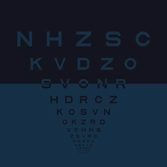  |
VisionC
High and Low Contrast Visual Acuity with ETDRS chart
High Contrast Visual Acuity is considered the current standard for measuring either visual performance with multifocal intraocular lens or with a monofocal IOL. With the App VisionC you can integrate this measurement at three distances (far, intermediate, and near) and you can also set the exact distance in cm that each of these three classifications represents. Additionally, you can measure Low Contrast Visual Acuity at any of these distances.
More about VisionC
|
Efficacy Variables
that can be measured with VisionC
- CDVA: Corrected Distance Visual Acuity
- UDVA: Uncorrected Distance Visual Acuity
- UIVA: Uncorrected Intermediate Visual Acuity
- DCIVA: Distance Corrected Intermediate Visual Acuity
- CIVA: Corrected Intermediate Visual Acuity
- UNVA: Uncorrected Near Visual Acuity
- DCNVA: Distance Corrected Near Visual Acuity
- CNVA: Corrected Near Visual Acuity
More about Efficacy
|
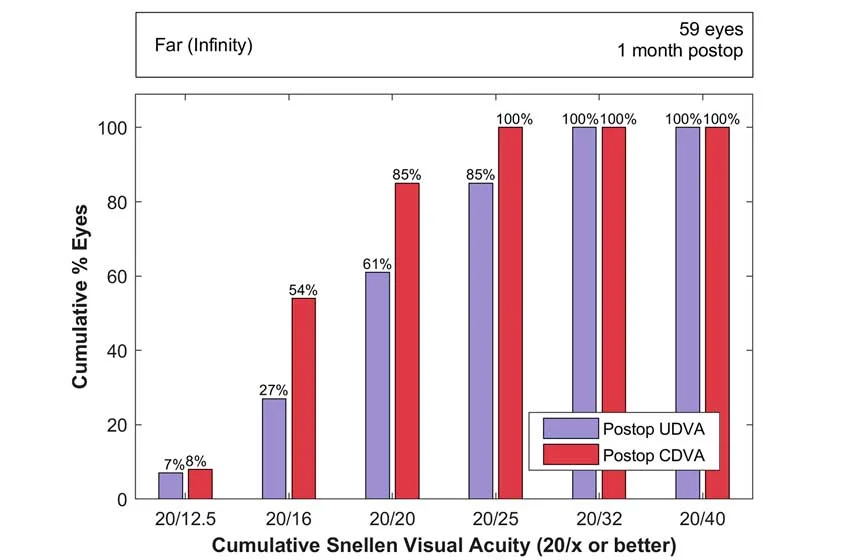 |
VisionC Recommendations
Standardized
- Set the brightness % to 40% or 70% depending on whether you want about 85cd/m2 (clinical studies) or 200 cd/m2 (clinical practice).
- Follow the standard procedure to decide the threshold value for visual acuity.
- Record the results in standard logMAR notation for the three distances.
- (Optional) Incorporate Low Contrast Visual Acuity (10% contrast) if you want to take additional information.
|
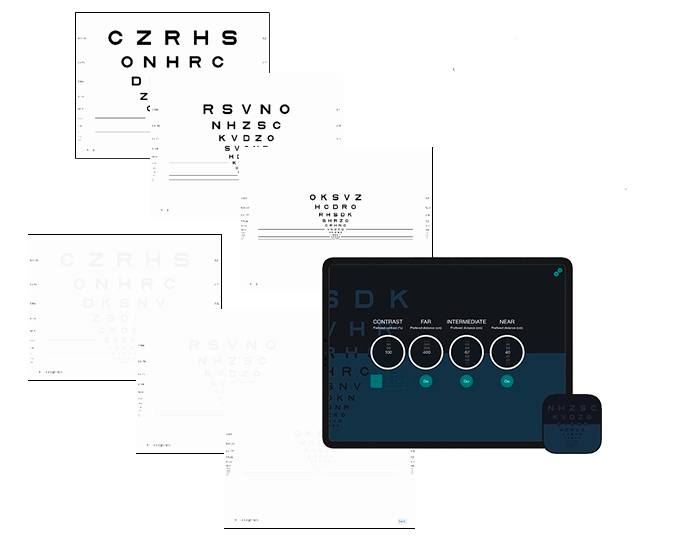
|
  |
ClinicCSF
Contrast Sensitivity Function with Sinusoidal Gratings
The disadvantage of High Contrast Visual Acuity is that it is not very sensitive to small changes in optical quality so patients can have good visual acuity and still complain about poor quality of vision, Contrast Sensitivity for different spatial frequencies measured with ClinicCSF allows to have more information than Visual Acuity measured with VisionC.
More about ClinicCSF
|
Variables of Interest
that could be measured with ClinicCSF
- CSF: Contrast Sensitivity Function
ClinicCSF can be used to measure Contrast Sensitivity in photopic vision (photopic cs) under photopic or mesopic environmental lighting conditions. ClinicCSF does not allow measuring CSF in mesopic vision because it is not possible to guarantee that contrast steps in 0.1 logCS can be reliably reproduced in mesopic vision even with prior calibration.
To measure CSF with glare, you will need an external glare source that produces a mean drop of 0.1 logCS in 6 cpd in healthy subjects.
|
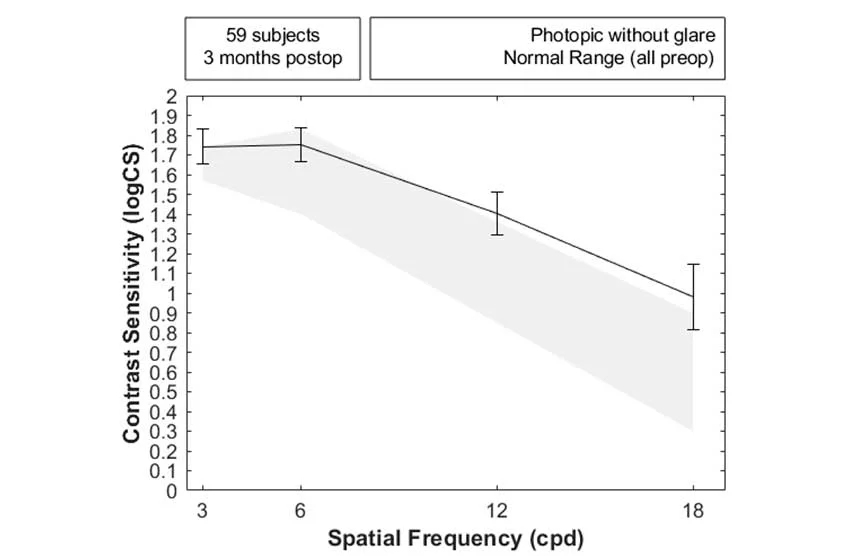 |
ClinicCSF Recommendations
Standardized
- Set the % brightness to 70% to maintain an average background luminance of about 85cd/m2.
- Select the presentation distance at which you want to measure the visual performance and don't forget to always keep the best patient distance correction (infinity).
- Conduct the Version 1 procedure if your aim is to compare the results with those obtained with the CVS-1000 in previous studies.
- We recommend this version in patients with reduced visual performance "Floor Effect".
- Conduct the Version 2 procedure if your goal is to compare the results with those obtained with FACT in previous studies. We recommend this Version for multifocals because it has less "Ceiling Effect".
|
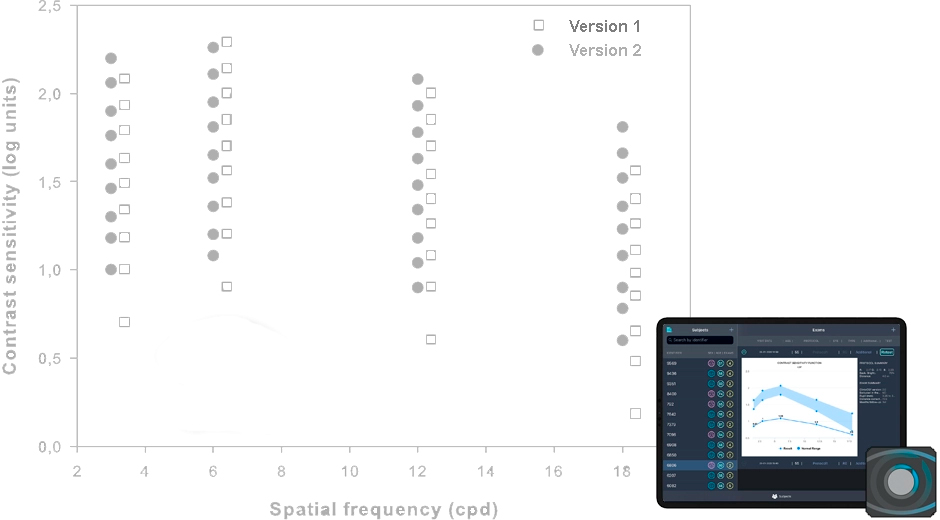
|
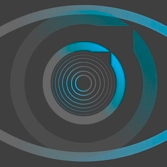  |
Multifocal Lens Analyzer (MultifocalLA)
Visual Acuity and Contrast Sensitivity Defocus Curves
ClinicCSF allows you to measure multiple frequencies for a particular distance, however, it is a procedure that requires a longer measurement time which is a disadvantage if we want to have information for a wide number of distances. To solve this problem we can conduct a Defocus Curve that allows us to have information for a dominant spatial frequency (high frequency).
More about MultifocalLA
|
Variables of Interest
that can be measured with MultifocalLA
- VADC: Visual Acuity Defocus Curve
- CSDC: Contrast Sensitivity Defocus Curve
MultifocalLA integrates the calculation of the areas under the defocus curve in addition to the calculation of the effective addition or the detection of defocus shifts. In addition, it can calculate the average results according to the Protocol or Intraocular Lens implanted.
|
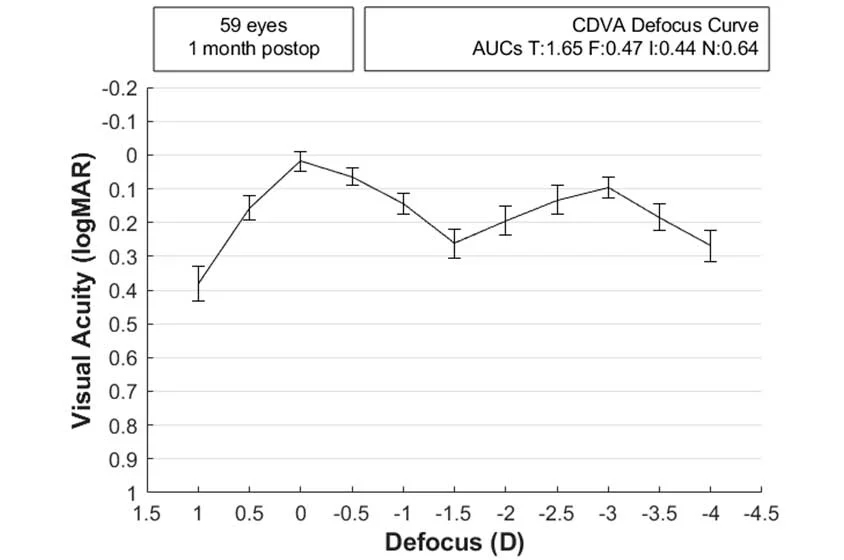 |
MultifocalLA Recommendations
Standardized
- Set the % brightness to 40% which corresponds to 85cd/m2 (clinical studies).
- Select the Sloan letters, preferably at 4 m.
- Select a range from +1.00 D to -4.00 D for Bi / Trifocal or +1.50 D to -2.50 D with extra step of +/- 0.25 D for EDOF or Monofocal.
- Opt for Contrast Sensitivity Defocus Curves instead of Visual Acuity when your goal is to detect small changes in optical quality.
|
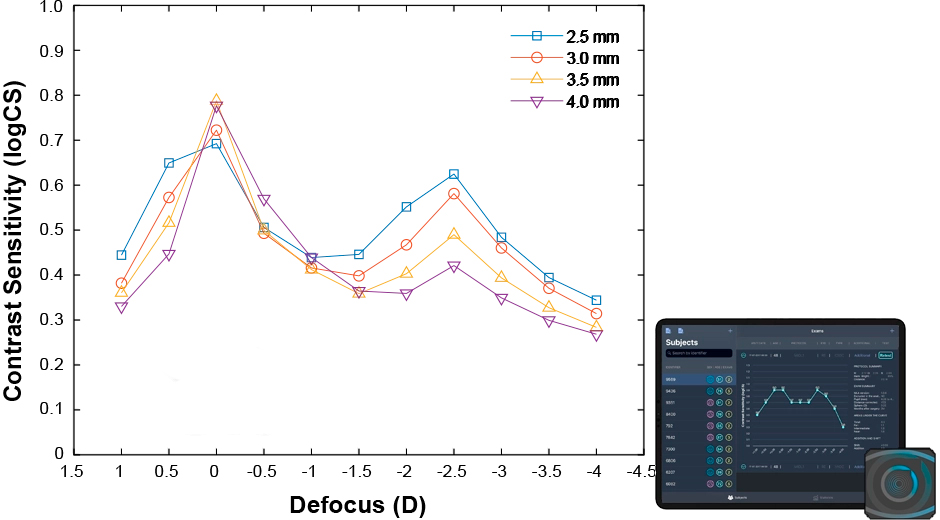
|










